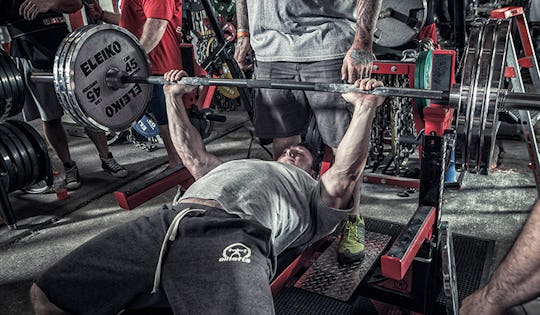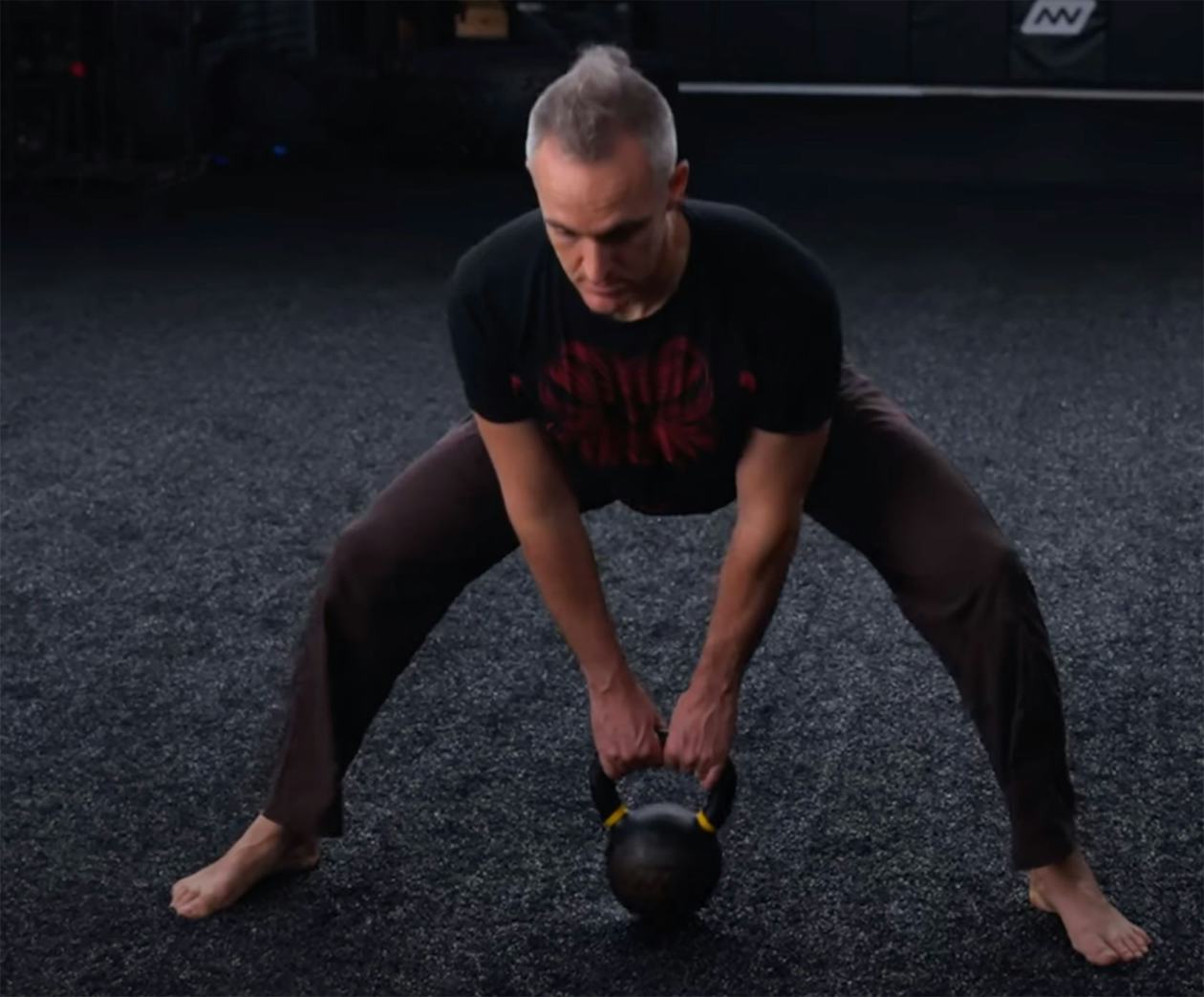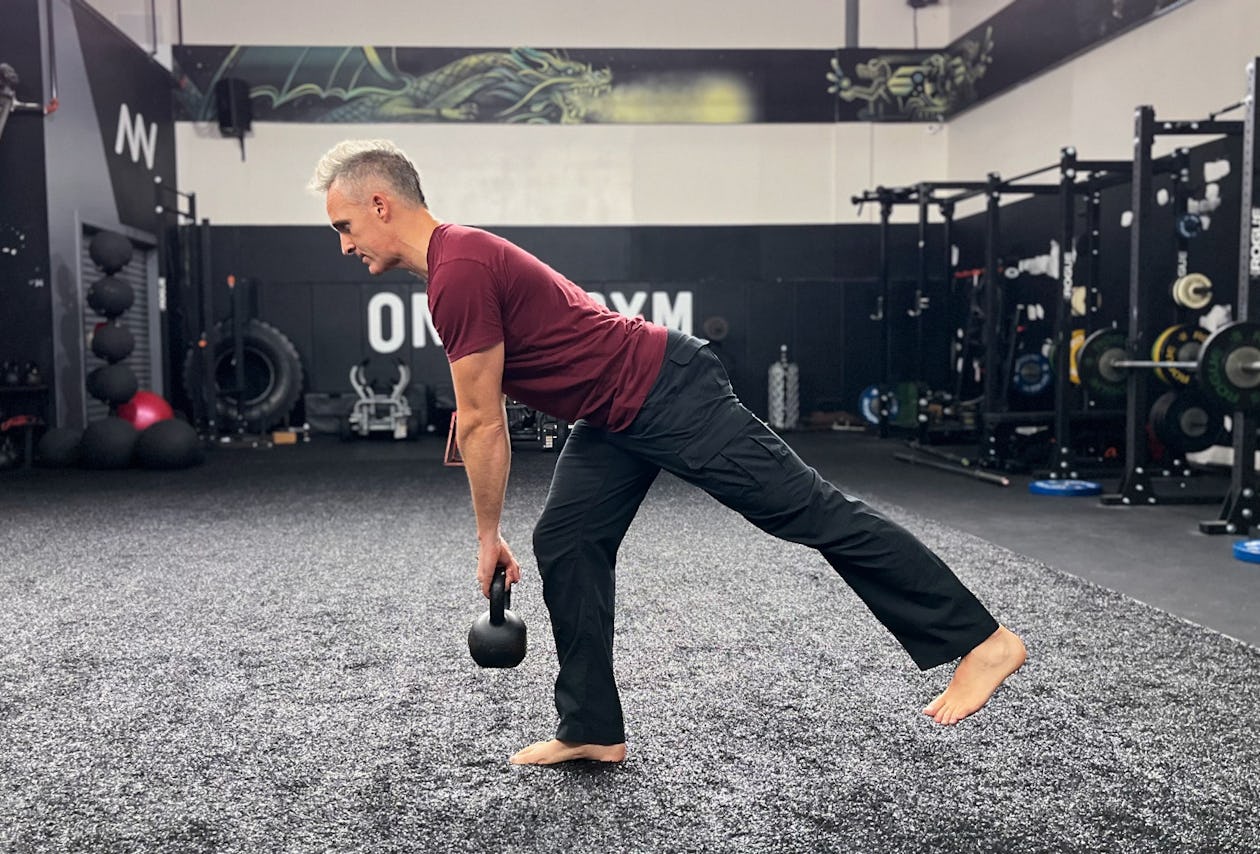The Bench Press is a core movement that will hammer you in commercial gyms every Monday across America. Don’t get me wrong, it is a great tool for building muscle in your chest, arms, and shoulders. As well as being a movement you have in your tool box. But, it should not take up the majority of your training.
Everyone should bench, just like everyone should squat and deadlift (or at least know how to).
So, let’s talk about how to increase strength safely with your bench press.
Numero Uno¦warm up. Please, please, please don’t walk in to the gym, put a plate on either side of the bar and start benching.
Push ups, pull ups, dumbbell bench, or dumbbell flys are just a few examples of exercises you can do to warm up.
You might get away with not warming up for a while, but eventually it will catch up with you.
How to Set Up the Bench Press

1. Grab the bar shoulder width to just outside. Close grip and wide grip are good exercises to use in addition to a standard bench press, but shoulder width to just outside will put you in a strong position. This position will help to protect your shoulders, pecs, and bicep tendons.
2. Squeeze the bar as tight as you can.
3. Position your eyes just underneath the bar.
4. Squeeze your shoulder blades back and down, or “put them in your back pockets.” Imagine you are trying to pinch the bench between your shoulder blades. This will protect your shoulders and lock in your technique (making you stronger).
5. Arch your back. No, it is not bad for your back. Your spine has a natural curve in it. Keep it that way and use it to connect your legs to your upper body.
6. Either tuck your legs or leave them out in front of you. But the goal is to get your hips higher than your knees so you can transfer leg drive into the bar to help you bench more weight.
7. Take a big breath, filling your belly just like the squat, squeeze the bar and unrack it WITH THE HELP OF A SPOTTER. Have you ever dropped 100lbs on your throat or your face? Don’t be a dummy. The best lifters in the world use spotters.
8. Let the bar settle. Keep your shoulder blades squeezed tightly. Flex your lats like you’re doing a pull up. Begin the eccentric (downward) movement with your elbows at 45 degrees. Touch the bar just below your nipple line (or on the bottom of your sports bra ladies). Reverse the bar keeping your elbows in the same 45 degree position.
Again, there a lot of more technical aspects that I’ll get into in later articles, but these are the basics. If you can do this, you’re better than 90% of America’s gym-goers.
How do I program for the bench press? Well, you can actually follow the same rep scheme I laid out for the squat. But I’ll give you a few more examples that might pique your interest.
Beginner Bench Press Program
| Sets x Reps | % of 1 rep max | Ex. 200# Bencher | |
| Week 1 | 3×15 | 65-70-80 | 120-140-160 |
| Week 2 | 3×3 | 65-75-85 | 130-150-170 |
| Week 3 | 3×1 | 75-85-95 | 150-170-190 |
| Week 4 | 3×10 | 50 | 100 |
| Week 5 | 3×5 | 65-75-85 | 130-150-170 |
| Week 6 | 3×3 | 70-80-90 | 140-160-180 |
| Week 7 | 3×1 | 90-95-100 | 180-190-200+ |
| Week 8 | 3×10 | 50 | 100 |
- A very simple and effective program for beginners.
Advanced Bench Press Program
| Sets x Reps | % of 1 rep max | Ex. 400# Bencher | |
| Week 1 | 5×5 | 65 | 260 |
| Week 2 | 4X4 | 70 | 280 |
| Week 3 | 5×1 | 50 | 200 |
| Week 4 | 5×5 | 70 | 280 |
| Week 5 | 4×4 | 75 | 300 |
| Week 6 | 5×1 | 50 | 200 |
| Week 7 | 5×3 | 65-70-75-80-85 | 260-280-300-320-340 |
| Week 8 | 5×2 | 60-70-80-90-95 | 240-280-320-360-380 |
| Week 9 | 5×1 | 50 | 200 |
| Week 10 | 3×1 | 90-95-100 | 360-380-400+ |
- Similar program numbers wise, but the key difference is the incorporated deloads (weeks 3, 6 and 9). This is beneficial for a more advanced bencher who is moving heavier weights. The body needs more time to recover from the heavier loads, so the rest weeks are essential.
Photography By: Ken Hicks and Elite FTS.



